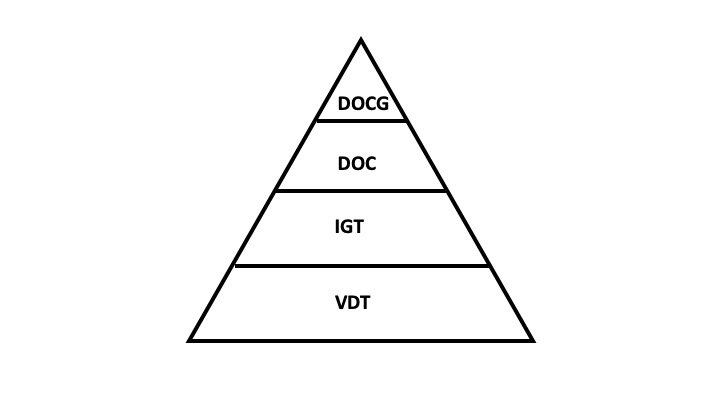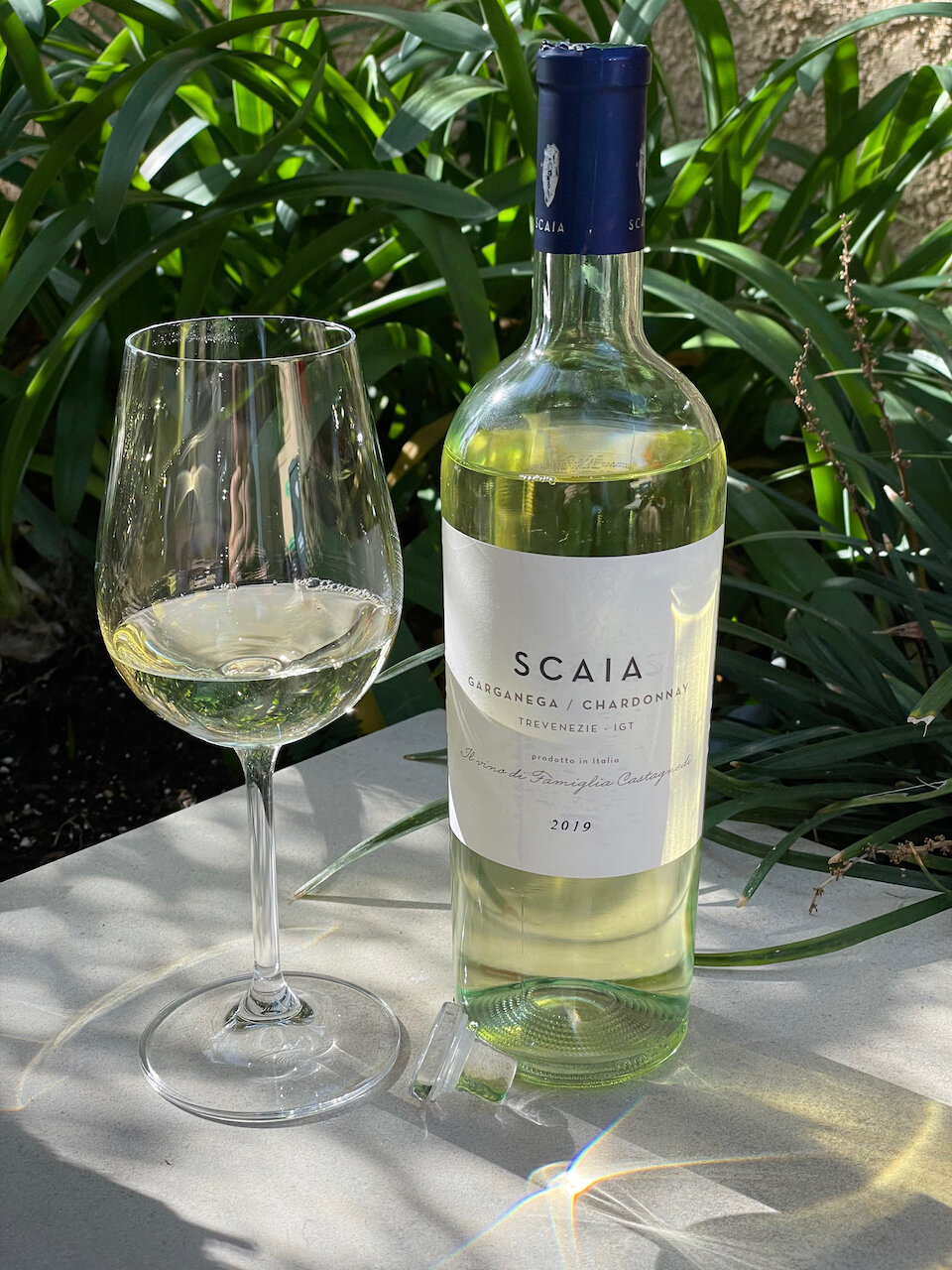Lambrusco is both a brightly colored grape variety and a sparkling red wine produced in Italy.
In the past, Lambrusco has been known as a cheap, bright and fizzy wine often served with ice cubes (remember the old ‘Riunite on ice’ commercials?) But, today there are top Lambruscos that barely resemble those sweet versions that flooded U.S. shelves in the 1970s and 1980s.
Lambrusco comes from Emilia-Romagna which is a large region that cuts across north-central Italy. Major production areas include Modena, Reggiano and Parma.
Historically, Lambrusco wines were widely produced in the methode traditionelle, a process requiring more care and attention because the second fermentation, that creates the bubbles, was done in the bottle. But, today, most Lambrusco wines are produced using the Charmant (or tank) method where it goes through its secondary fermentation in large steel tanks and is then bottled.
While Lambrusco is a grape variety, there is actually an extended family of varieties of grapes that can be used to produce Lambrusco that are all grouped under the “Lambrusco” category.
The styles of Lambrusco can still vary widely. They can be produced as either frizzante (gentle bubbles), or spumante (forceful bubbles) and be labeled Secco (dry), Amabile (slightly sweet) or Dolce (sweet).
Today, the best Lambruscos are dry (not sweet), have delicate aromas of violet and crisp red-berry flavors. They’re silky smooth sparkling wines that offer bright acidity. Most are also extremely well priced. So, give this Italian sparkling red wine a try. It pairs well with a lot of big, bold Italian hearty cuisines. Cheers!




